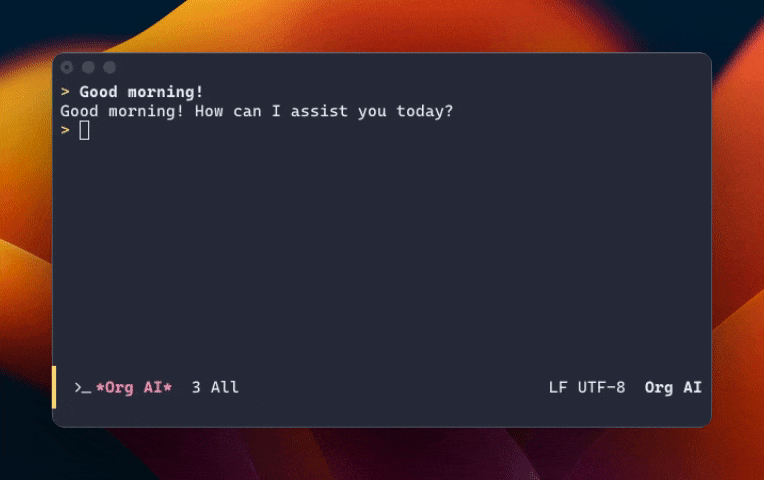I started building AI for notes to help me chat with my library of notes. The result of that exploration is org-ai—my one of one software that helps me remember what I’ve previously written, summarize information. Under the hood it uses vector-based similarity search and LLMs and agent-based AI to extract useful information from my zettelkasten in a chat-based interface.

See also:
- Context is needed for practical LLM applications
- How langchain works
- Why vector databases are important to AI
Links to this note
-
Dify mashes together LLMs, tools, and an end-user facing UI together to make an LLM workshop. The builder is a visual programming interface (similar to iOS Shortcuts) where each step is pre-defined units of functionality like an LLM call, RAG, and running arbitrary code.
-
It’s useful to think about the underlying utilities that go into running one’s life and business with the same rigor used to build something significant. Afterall, the things we rely on every day can have an outsized impact on our own performance so why not treat it that way?
-
How to Build an Intuition of What AI Can Do
One of the difficult parts of applying AI to existing processes and products is that people aren’t calibrated on what generative AI can and can’t do. This leads to both wild ideas that are not possible and missed opportunities to automate seemingly difficult work that is possible.
-
As much as I love my emacs setup, I can’t take my laptop with me everywhere and that is my biggest compliant. For me investing in personal infrastructure makes sense as I build more one of one software that improves my life. More specifically, there are ways of searching for information I’ve built up over the years that I’ve come to rely on. To be able to search for information consistently across devices, there needs to be a personal indexing service.
-
I built org-ai using Python which exposes an AI chat interface through a simple CLI. This makes it a bit clunky when using it from Emacs—I would need to open up an instance of a terminal, activate the virtual environment, and execute the program to start the chat.
-
There are a few packages and libraries that are being built to use ChatGPT along with Emacs.
-
I would guess that a significant amount of software is written for one person and we should celebrate it more.
-
I want to better utilize AI tools in my day-to-day work. I suspect there is much more I can be doing and using Emacs as building material to make it work for me.